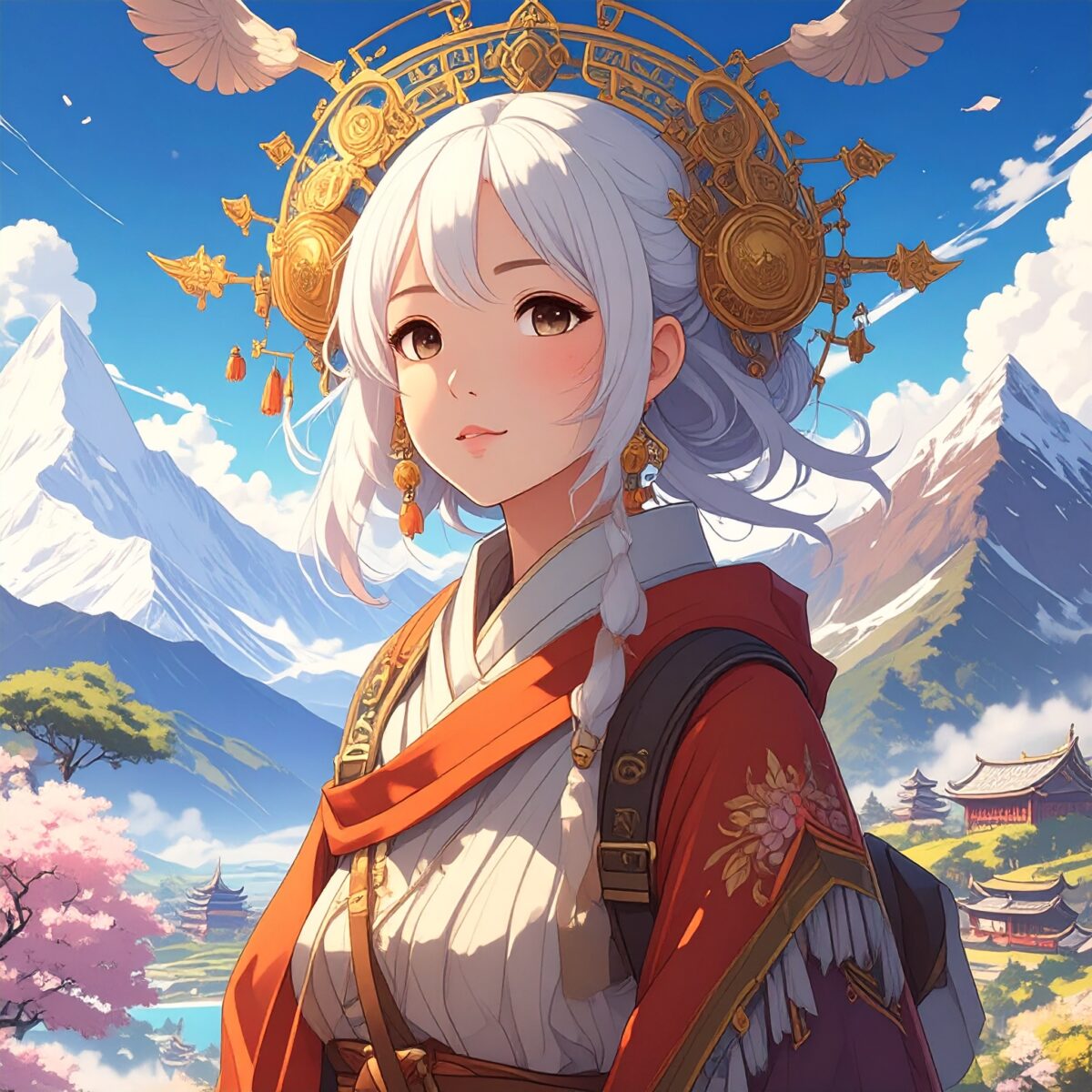In a quiet room, the scent of ink lingers. Before you lies a faintly printed sutra text. You hold the brush, take a steady breath, and trace each character with deliberate care. No words are spoken, no sound breaks the silence—just your hand and your heart, in focused harmony. This is the essence of shakyō (sutra copying). More than tourism or ascetic practice, it is becoming a cherished moment of self-reflection and calm during a journey.
Originally a religious act meant to spread Buddhist teachings, shakyō today is embraced for its powerful mental benefits: re-centering the mind, fostering concentration, and encouraging inner awareness. Many temples, shakyo centers, and temple lodgings offer casual sessions, and even cafés or galleries host them—making them perfect cultural experiences on a peaceful trip.
The practice begins with posture—whether in traditional seiza (kneeling) or sitting upright, close your eyes and take a deep breath. Even the act of grinding ink and loading the brush teaches the value of print—the simple discipline of waiting. Many venues now provide brush pens, making it easy for beginners to join.
As you start copying, your attention might first rest on the shapes of the characters or the flow of the ink. But after a few lines, your awareness shifts inward. You begin to notice subtle things: “How is my hand moving?” “Where is my breath shallow?” These insights, revealed through the movements of your brush, illuminate the workings of your heart and mind.

There’s no rush to finish the sutra, nor any obligation to write beautifully. In fact, fully embracing “this one character in this moment” is the very essence of the practice. As you continue writing, thoughts begin to quiet, and the world fades away. Concentrating on the simple contrast of black ink on white paper allows distractions to gently fall away.
Sutra-copying with children has become increasingly popular. Many places offer kid-friendly worksheets featuring short phrases or beloved kanji to trace, allowing them to experience the calm of focusing on each brushstroke alongside adults. For parents, witnessing their child quietly engrossed in each character can reveal a new, deeper connection.
At the end of the session, you can choose to dedicate your sutra at the temple or take it home. If dedicated, it may be accepted with a prayer and marked with a commemorative stamp or certificate. Many who bring theirs home display it as more than just a souvenir—it becomes a “fragment of the heart,” a tangible reminder of their focused intention.
International travelers too appreciate sutra-copying for its novelty and introspective depth. Venues offering multilingual guidance and Buddhist introductions allow visitors to engage thoughtfully, making it far more than a simple activity but a moment of personal reflection.
In our fast-paced lives, even writing is often replaced by taps on a screen. That’s why the act of holding a brush, dipping it in ink, and fully committing to one character at a time holds special significance. When you seek quiet, or wish to reconnect with yourself, sutra-copying offers an open and gentle doorway.
No words are spoken, yet a journey unfolds through the characters you write. Each stroke carries your intention, returning quietly to your heart. Such a moment adds depth to your journey’s memory—and to your inner world.




